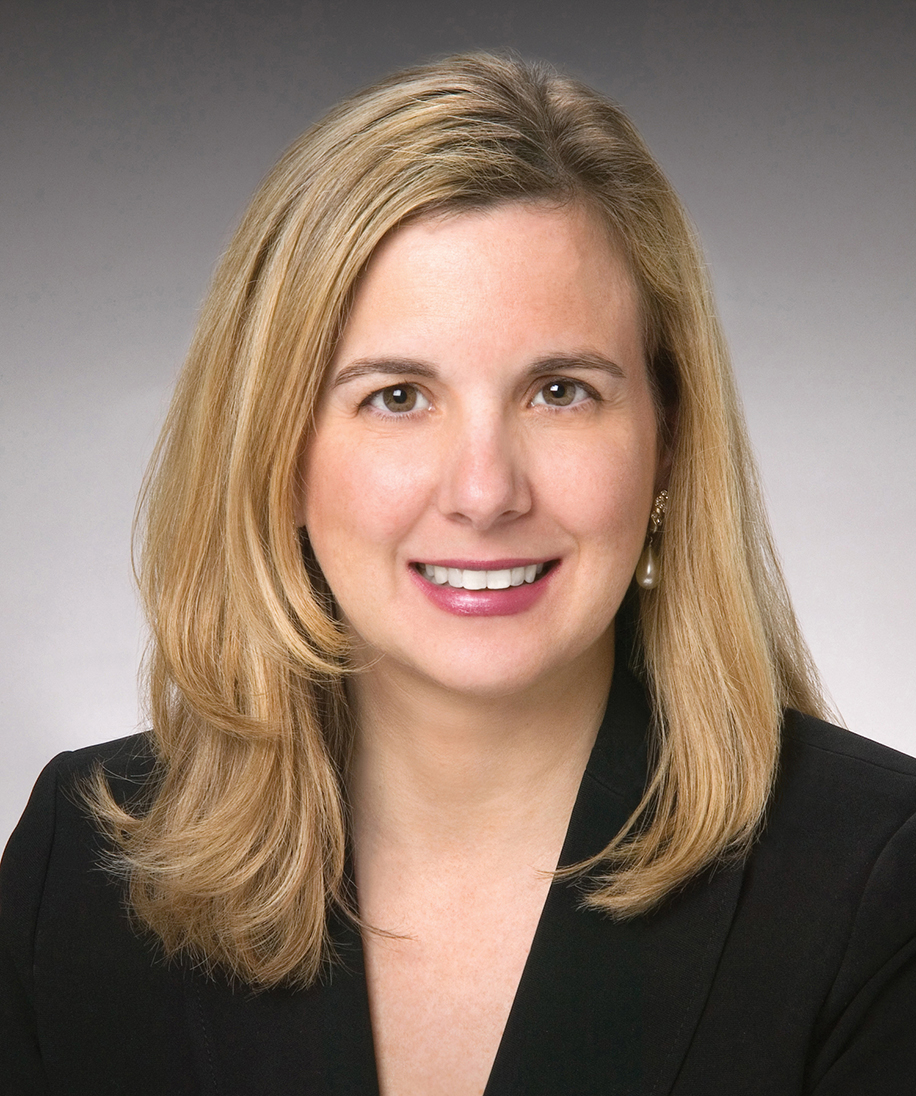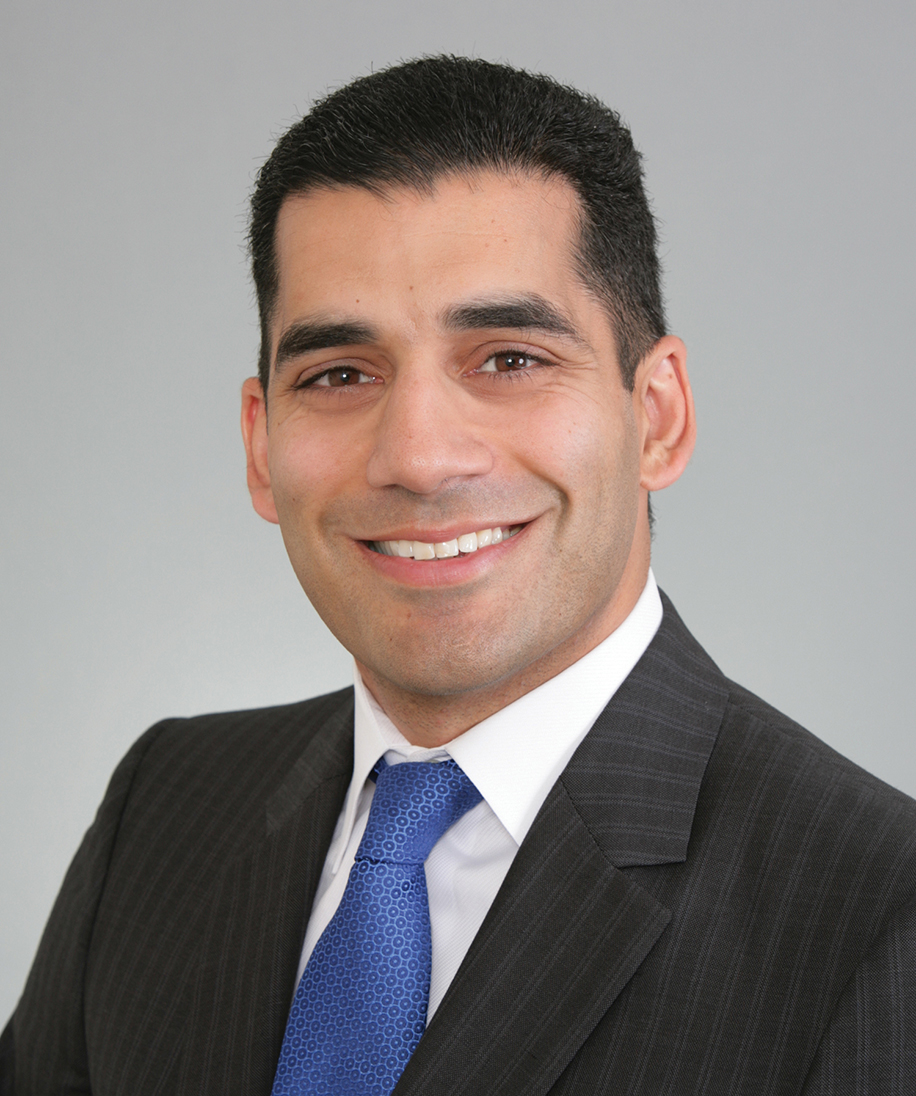Client Alert
District Court Judge Vacates Purdue Pharma’s Confirmation Order, Holding Nonconsensual Nondebtor Releases Impermissible
December 23, 2021
By
Chris Dickerson,
Jennifer St. John Yount,Brian F. Richards,& Amit MehtaOn December 16, 2021, U.S. District Court Judge Colleen McMahon of the Southern District of New York vacated the bankruptcy court’s prior order[1] confirming the chapter 11 plan of Purdue Pharma L.P., and its affiliated debtors (collectively, “Purdue”) on the grounds that the plan’s nonconsensual releases of direct claims held by third parties against nondebtors lacked statutory support.[2] The district court focused its analysis on releases provided under the plan to members of the Sackler family, who owned and controlled Purdue in the years leading up to the company’s 2019 bankruptcy filing, but had not themselves filed for protection under the Bankruptcy Code. The district court held that there is currently no statutory authority to approve nonconsensual releases of direct third‑party claims against the Sackler family and, as a result, the confirmation of the plan must be overturned. This alert discusses the events leading to this decision and potential implications this decision may have on future cases.
- Relevant Background
The Sackler family owns, and until 2019 served as directors to, Purdue, which sold and distributed OxyContin, an opioid‑based pain relief medication. Purdue developed and marketed OxyContin. In 2007, Purdue pled guilty to one felony count of misbranding OxyContin and agreed to pay the United States and 49 individual states over $600 million to settle claims asserted against it and its directors and officers.[3] OxyContin remained FDA approved and widely prescribed, but also continued to contribute to the opioid crisis. A second wave of lawsuits and investigations began in the mid-2010s.
The mounting lawsuits led to Purdue’s chapter 11 filing on September 15, 2019.[4] During the course of the bankruptcy case, Purdue engaged in formal mediation with numerous parties, including the statutorily appointed creditors’ committee, ad hoc groups of government entities and personal injury claimants, and the Sackler family. This mediation resulted in a proposed plan that provided, among other things, that members of the Sackler family would contribute $4.325 billion to fund various trusts for claimant recoveries and, in exchange, the members of the Sackler family and the nondebtor entities they controlled would receive releases from claims, including a release from all civil liability for direct claims filed against them as individuals.[5] The bankruptcy court confirmed the plan on September 17, 2021 over the objections of numerous parties, including the U.S. Trustee, eight states, and others who appealed the confirmation order to the district court.
- District Court Ruling and Implications
Judge McMahon was keen to point out that her ruling was narrowly focused only on the nonconsensual release of direct claims (i.e., claims that are not derivative of a claim held by or against the debtor’s estate) of third parties against nondebtors.[6] In Purdue’s case, for example, certain states asserted that they held claims against members of the Sackler family in their individual capacities (and not derivative of claims against Purdue) on account of the family members’ alleged fraud, misrepresentation, or willful misconduct and the states did not consent to release these claims as part of the chapter 11 plan. Judge McMahon first held that resolution of such claims is a “non‑core” matter in bankruptcy and, therefore, the bankruptcy court can only issue proposed findings of fact and conclusions of law, not a final order.[7] Turning to the substance of the matter, and following an extensive survey of existing case law in the Second Circuit and elsewhere, Judge McMahon found that, with the exception of asbestos cases,[8] there is no statutory basis for a bankruptcy court to approve a release of such claims[9] and, therefore, held that Purdue’s confirmation order must be vacated.
Purdue states that it plans to appeal this decision to the Second Circuit and the matter may ultimately be decided by the Supreme Court. Until that time, circuit courts remain split as to a bankruptcy court’s ability to authorize the nonconsensual release of third party direct claims against nondebtors[10] and new legislation has been proposed in both the Senate and the House of Representatives that would resolve the circuit split by prohibiting such releases in bankruptcy cases.[11] At least one case[12] from another judicial circuit has already taken note of Judge McMahon’s decision in Purdue, as the nonconsensual nondebtor releases granted under its chapter 11 plan come under scrutiny during appeals. As a result of these developments, interested parties in Chapter 11 cases should carefully consider whether releases of direct claims by third parties are expected to be included in a plan of reorganization and, if they are, should expect that such releases will almost certainly be subject to a greater risk of litigation.
A copy of Judge McMahon’s ruling is available here: Decision and Order on Appeal. We will continue to provide updates as the issues related to nonconsensual third‑party releases unfold. In the meantime, contact any Paul Hastings attorney for further information.
[1] The order vacated by this decision consisted of the Confirmation Order and a related Advance Order. The Advance Order provided a nearly $7 million advance distribution to allow various creditor trusts that would be established pursuant to the plan to perform necessary set‑up work prior to confirmation.
[2] In re Purdue Pharma L.P., No. 7:21-cv-07532-CM (S.D.N.Y. Dec. 16, 2021) [Docket No. 279] (the “SDNY Opinion”). The underlying bankruptcy case is In re Purdue Pharma L.P., et al., No. 19-23649-RDD (Bankr. S.D.N.Y.).
[3] United States v. Purdue Frederick Company, Inc., No. 1:07-cr-00029-JPJ (W.D. Va. July 20, 2007) [Docket No. 75].
[4] See In re Purdue Pharma L.P., et al., No. 19-23649-RDD (Bankr. S.D.N.Y. Sept. 15, 2019) [Docket No. 1].
[5] See In re Purdue Pharma L.P., et al., No. 19-23649-RDD (Bankr. S.D.N.Y. Sept. 2, 2021) [Docket No. 3726] at pp. 126–27 (containing nonconsensual nondebtor releases of direct claims in Section 10.7(b)).
[6] As Judge McMahon noted repeatedly, the Bankruptcy Code clearly allows a bankruptcy court to approve releases of claims that are derivative of claims held by a debtor’s estate or asserted against a debtor’s estate. See, e.g., SDNY Op. at p. 94 (defining derivative claims as those that “would render the Sacklers liable because of Purdue’s actions” and that “[t]he release of claims against the Sacklers that are derivative of the estate’s claims . . . is not attacked as being beyond the power of the Bankruptcy Court”).
[7] The Supreme Court has previously held that bankruptcy courts only have constitutional authority to enter final judgment in proceedings that are core or “stem[] from the bankruptcy itself or would necessarily be resolved in the claims allowance process.” Stern v. Marshall, 64 U.S. 462, 499 (2011). In Purdue’s case, this portion of Judge McMahon’s ruling was of little consequence as none of the bankruptcy court’s factual findings were challenged by appellants and the legal conclusions of a bankruptcy court are always reviewed by the district court de novo on appeal.
[8] See 11 U.S.C. § 524(g) (establishing framework for channeling injunction of future asbestos claims, including barring “any action directed against a third party . . . alleged to be directly or indirectly liable” for claims against debtor).
[9] The bankruptcy court cited to sections 105(a), 1123(a)(5), 1123(b)(6), and 1129 of the Bankruptcy Code in support of its authority to approve the nonconsensual nondebtor releases of direct claims. Judge McMahon, however, found that each of these sections of the Bankruptcy Code merely empowers the bankruptcy court to carry out the other provisions of the code; they do not create new or additional powers and, therefore, do not provide a basis for approving a release of claims that is not otherwise authorized by the Bankruptcy Code.
[10] There is no clear majority or minority circuit view on this issue. The Second and Third Circuits allow for nonconsensual nondebtor releases within asbestos cases, but are otherwise unsettled in what is permissible, apart from finding that section 105(a) acting alone is not enough statutory support for such releases. See Metromedia, 416 F.3d 136, 142 (2d. Cir. 2005); In re Combustion Engineering, Inc., 391 F.3d 190, 238 (3d Cir. 2004). The Fourth and Eleventh Circuits have found that nonconsensual nondebtor releases are permissible under section 105(a) of the Bankruptcy Code. See Nat’l Heritage Found., Inc. v. Highbourne Found., Inc., 760 F.3d 344, 350 (4th Cir. 2014); In re Seaside Eng’g & Surveying, 780 F.3d 1070, 1076–79 (11th Cir. 2015). The Fifth, Ninth, and Tenth Circuits hold that such releases are prohibited by the Bankruptcy Code. See In re Pacific Lumber Co., 584 F.3d 229, 252 (5th Cir. 2009); In re Lowenschuss, 67 F.3d 1394, 1401–02 (9th Cir. 1995); In re W. Real Estate Fund, 922 F.2d 592, 600 (10th Cir. 1990). The Sixth and Seventh Circuits hold that section 105(a) when read with section 1123(b)(6) provides a bankruptcy court “residual authority” to approve nonconsensual nondebtor releases. See, e.g., In re Airadigm Communications, Inc., 519 F. 3d 640, 657 (7th Cir. 2008). The First, Eighth, and D.C. Circuits have not directly addressed the issue.
[11] See SACKLER Act, H.R. 2096, 117th Cong. (2021). Senator Elizabeth Warren (D., Mass.) has proposed a similar bill. See Nondebtor Release Prohibition Act of 2021, S. 2497, 117th Cong. (2021).
[12] See Joel Patterson, et al. v. Mahwah Bergen Retail Group, Inc., No. 3:21-cv-00167-DJN (E.D. Va.).
Contributors



Practice Areas
For More Information


